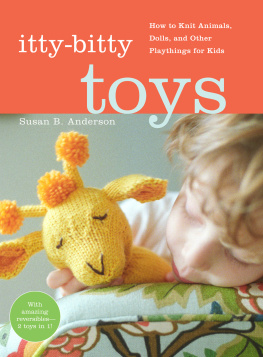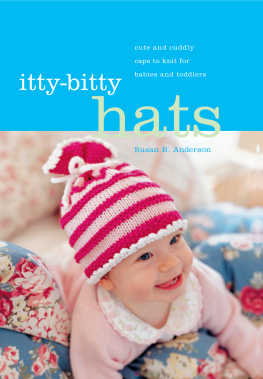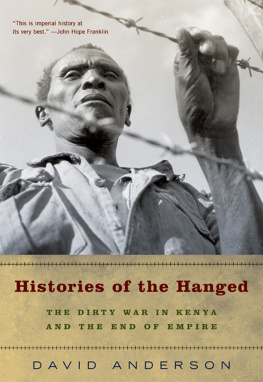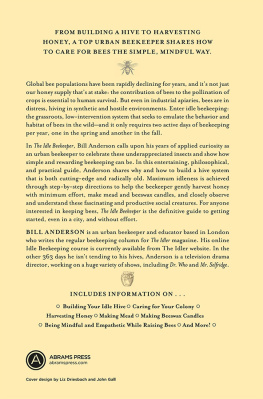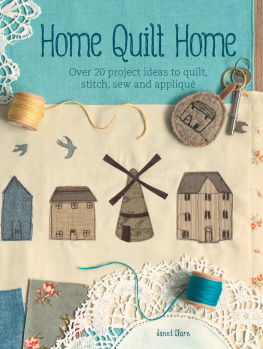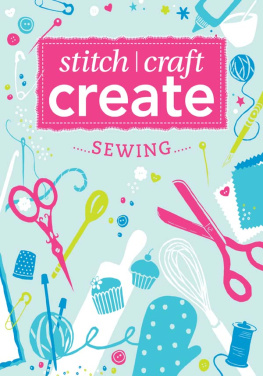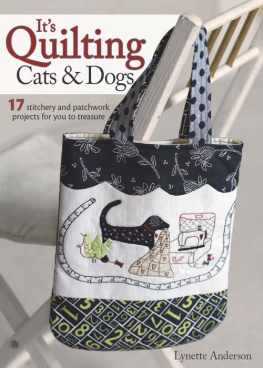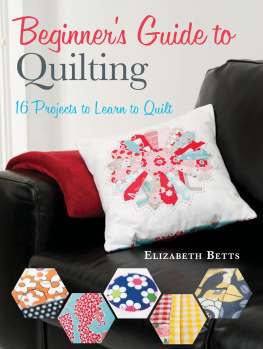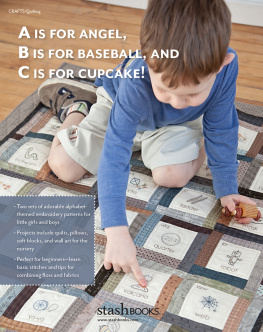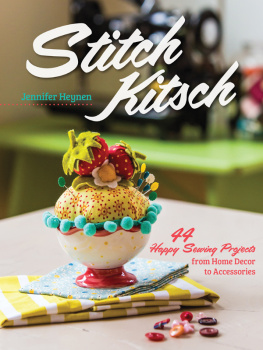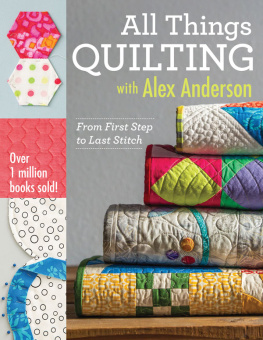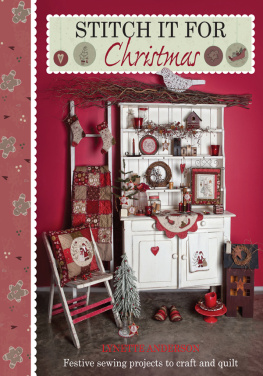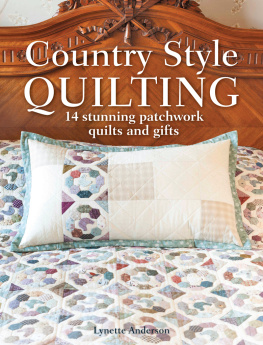To my brother Andrew, who joined me in all my childhood adventures and who always took the blame when we got home late for dinner!
General Techniques
This section describes the basic techniques you will need to make and finish off the projects in this book, from transferring designs to binding a finished quilt. Beginners should find it very useful.
Sewing and Pressing
Patchwork or pieced work requires accurate seams. For really accurate piecing sew a bare 14in (6mm) seam, as this will allow for thread thickness and the tiny amount of fabric taken up when the seam is pressed.
Generally, press seams towards the darker fabric to avoid dark colours showing through on the right side. Press joining seams in opposite directions so they lock together and make the flattest join. Press (dont iron) and be careful with steam as this can stretch fabric.
Joining Strips
Sometimes fabric strips need to be joined together for borders or binding. Joining them with a diagonal seam at a 45-degree angle will make them less noticeable, as will pressing the seams open ().
Making Bias Binding
Bias binding is made from fabric strips cut on the cross grain (bias) direction of the fabric, which makes the strips more flexible.
one Fold the fabric in half diagonally and crease lightly. Open out and cut strips 114in (3.2cm) wide diagonally across the fabric. Join the strips to the length required.
two Fold and press about 14in (6mm) of fabric towards the wrong side along the entire length.
Using Templates
All full-size templates can be found at www.stitchcraftcreate.co.uk/patterns. Trace the template on to paper or thin card, cut out and use as a pattern to cut the shape from paper. Before cutting out check whether a 14in (6mm) seam allowance is needed, which it will be if using a needle-turn appliqu technique.
Reversing templates
Templates being used for fusible web appliqu will need to be reversed (flipped), but not if the design is symmetrical. You could place a copy of the template on to a light source with the template right side down rather than up and trace it this way. You could also trace the template on to tracing paper, turn the tracing paper over and trace the template again on to paper.
Transferring Designs
Designs can be transferred on to fabric in various ways. I use a light source, such as a light box, a window or a light under a glass table. Iron your fabric so it is free of creases. Place the design right side up and then the fabric right side up on top, taping it in place. Use a fine-tipped fabric marking pen or a pencil to trace the design. If the marks might show later then use an erasable marker, such as an air-erasable or water-soluble one.
English Paper Piecing
This type of patchwork is also called English patchwork and uses templates, usually made of paper or thin card. Fabric pieces are wrapped around the template and tacked (basted) to it. The patches are then hand sewn together and the papers removed. You could use pre-cut water-soluble hexagons see the .
one From a master template, create enough paper templates for the project. When cutting out the fabric pieces you need to allow for a 14in (6mm) seam all round. Make one master template but this time add a 14in (6mm) seam allowance all round and use this to cut out your fabric pieces.
two Follow and pin a paper template to a fabric shape and fold the seam allowance over the edges of the template, tacking (basting) in place through all layers. Keep the fabric firm around the paper shape and tuck in all points neatly. Repeat with all the fabric pieces.
three Place two fabric shapes right sides together, aligning edges and use small whip stitches to sew them together through the folded fabric but not through the paper (). Place a third fabric shape right sides together with the second and sew together. Continue building the design in this way. Once all stitching is finished remove the tacking and the papers.
Appliqu Methods
Appliqu is the technique of fixing one fabric shape or pattern on top of another, and can be done in various ways. I normally use two methods for my projects needle-turn appliqu and fusible web appliqu. You may also like to use an appliqu mat.
Needle-turn method
This is a traditional method of hand appliqu where each appliqu piece has a seam turned under all round and is stitched into position on the background fabric. The appliqu shapes may be drawn freehand or templates used, as I have done for the designs in this book.
one Mark the appliqu shape on the right side of your fabric and then mark another line further out all round for the seam allowance. This is usually 14in (6mm) but may change depending on the size of the appliqu piece being stitched and type of fabric being used. Smaller pieces may only need a 1/8in (3mm) allowance to reduce bulk. Clip the seam allowance on concave curves (the inward ones) to make it easier to turn the seam under.
two For each appliqu piece turn the seam allowance under all round and press. Position the appliqu on the background fabric and stitch into place with tiny slip stitches all round. Press when finished. Some people like to use the needle to turn the seam under as they stitch the appliqu in place. Press the finished appliqus.
Fusible web method
Fusible web has an adhesive that melts when heated so when the web is placed between two fabrics the heat of an iron causes the fabrics to fuse together, which makes it ideal for appliqu.



